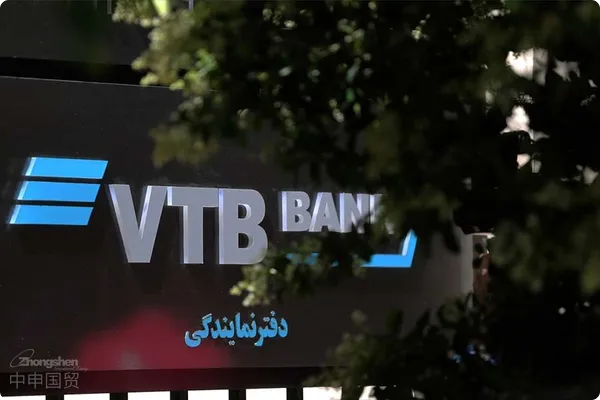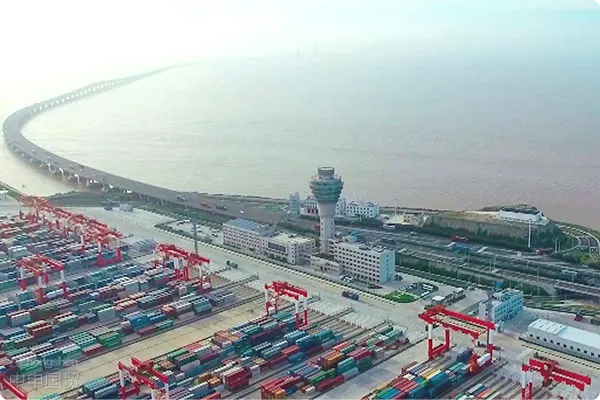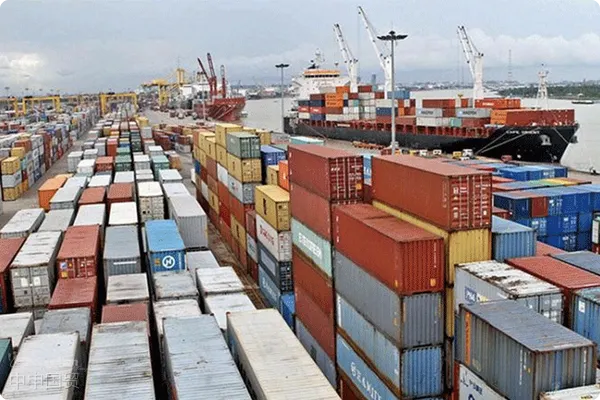- Shanghai Zhongshen International Trade Co., Ltd. - Two decades of trade agency expertise.
- Service Hotline: 139 1787 2118
As a major pet food exporter, Chinas understanding of regulatory policies in South Korea—one of its key markets—is particularly crucial. This article will analyze South Koreas pet food regulatory system to help exporters better comprehend and comply with relevant regulations for smooth market entry.

Regulatory Authorities
South Korea classifies pet food as feed, with safety management overseen by the Ministry of Agriculture, Food and Rural Affairs (MAFRA). This ministry is responsible not only for fostering the feed industry and regulating supply-demand balance but also for feed safety and quality management. Key responsibilities include:
Major Legislation
South Koreas pet food regulations are primarily governed by the Feed Management Act and its supporting legislation, including:
Feed Classification
South Korea classifies feed (including pet food) as follows:
How to Enter the Korean Market
For successful export to South Korea, Chinese enterprises need to follow these steps:
(1) Pre-registration and Notification:Overseas production enterprises must register with China Customs, and the General Administration of Customs will notify the South Korean side.
(2) Obtain South Korean Government Approval:Obtain approval from the South Korean government through on-site inspections or other methods.
(3) Compliance with Import Requirements:According to the Feed Management Act, exporters must submit to the South Korean Ministry of Agriculture, Food and Rural Affairs:Import Customs Declarationfeed lists, ingredient registration certificates, basic import declaration requirement checklists, feed inspection certificates (excluding first-time precision inspections), Korean label information, trade documents, and related animal disease prevention documents.
(4) Legal Sales:Products can only be sold in the South Korean market after passing inspection. Non-compliant products will be returned or destroyed.
Enterprises must fully understand South Koreas regulatory requirements for feed (including pet food) before exporting to avoid unnecessary trade losses. By preparing in advance and following these guidelines, enterprises can effectively enter and establish themselves in the South Korean pet food market.
Related Recommendations
? 2025. All Rights Reserved. Shanghai ICP No. 2023007705-2  PSB Record: Shanghai No.31011502009912
PSB Record: Shanghai No.31011502009912










